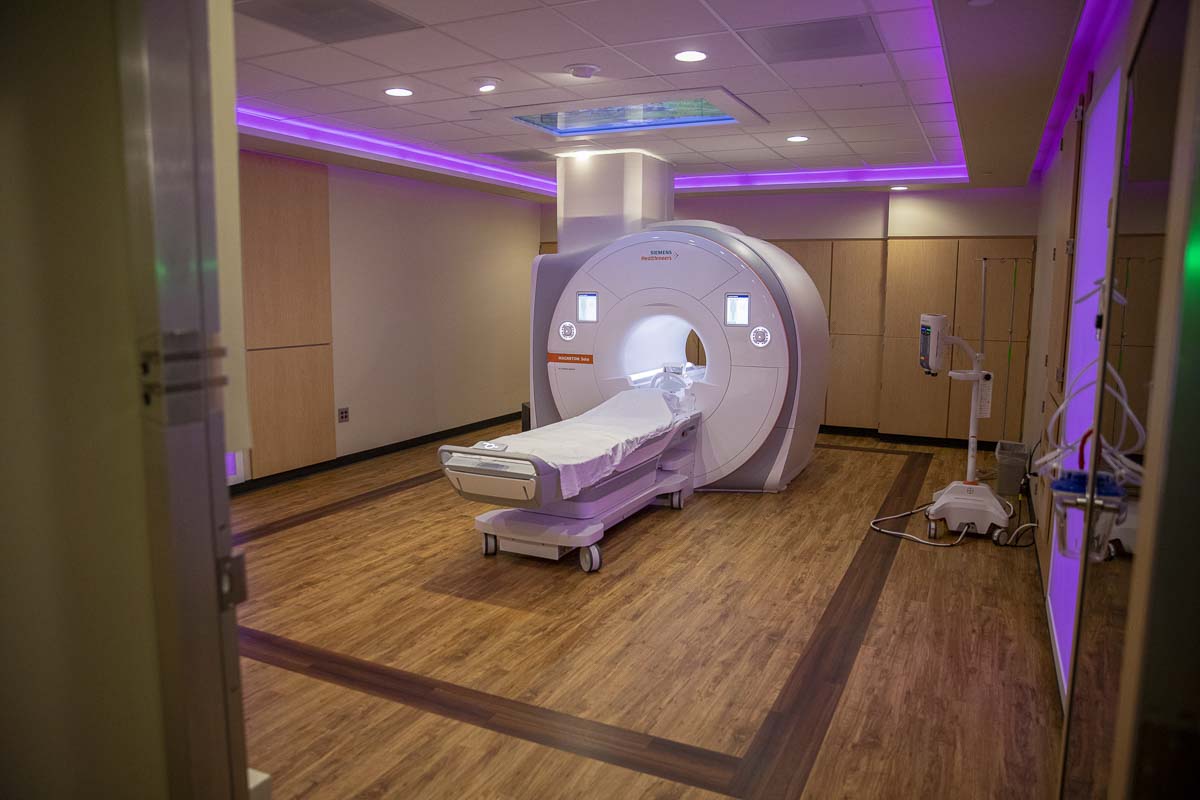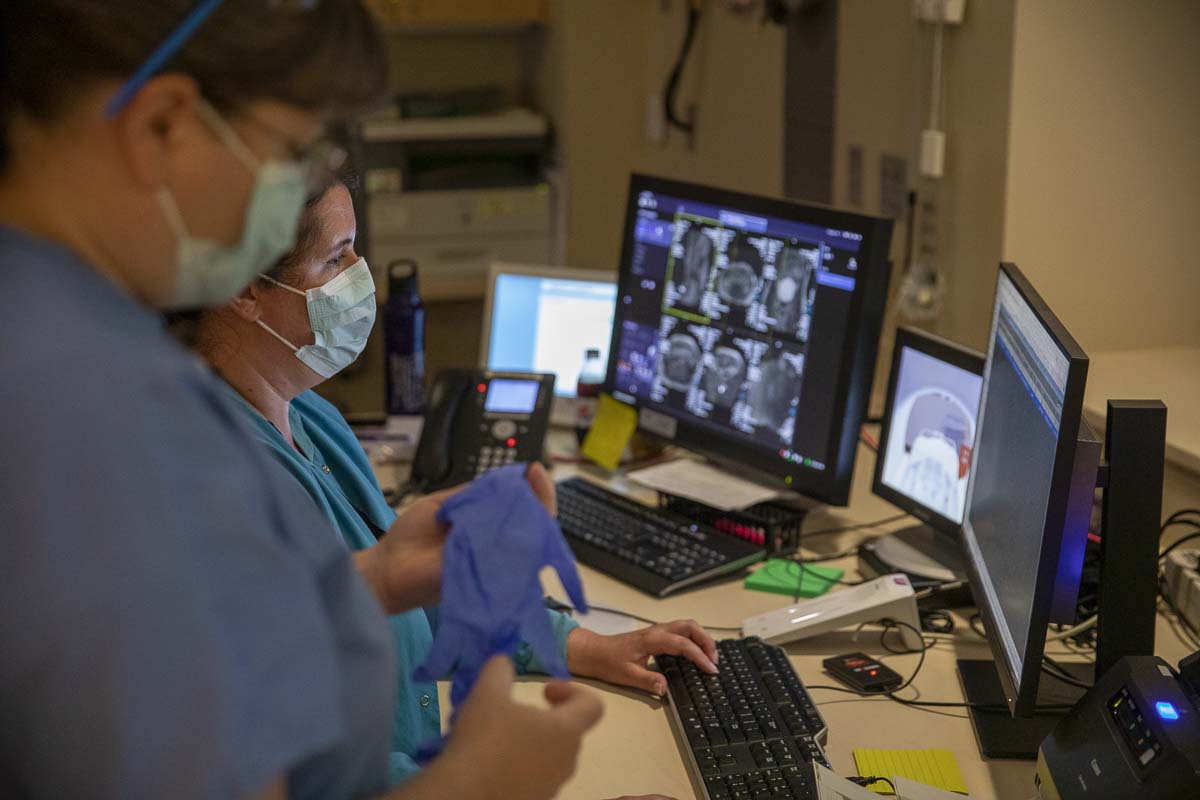Multi-million dollar project includes new state-of-the-art imaging machine
VANCOUVER — The world of diagnostic imaging at PeaceHealth Southwest Medical Center in Vancouver just got an upgrade. A multi-million dollar one.
Magnetic Resonance Imaging is something we are all likely familiar with, even if we don’t know it. That’s probably because it’s usually called an MRI. At PeaceHealth, like at many hospitals, they use MRI’s to see inside the human body and understand what may be causing any number of problems.
Recently, PeaceHealth was able to install a brand new MRI machine to replace their old model, which was installed in 1989 and upgraded many times over the years. The new machine, the Siemens Magnetom Sola, comes in at a market value of more than $2 million alone. When coupled with the hospital’s major overhaul of the MRI suite, the project more than doubles in cost.

“Better image quality, as you can imagine, it’s going to bring out possible pathologies that wouldn’t otherwise be seen in older technology, which opens up opportunities for specialized physicians who order certain specific pieces that they’re wanting to look at, that they maybe otherwise couldn’t or maybe they can’t anywhere else in town, because we have this technology,” said Diagnostic Imaging Manager Justin White.”
In addition to all the upgrades for higher quality, and more accurate imaging, the upgrade also comes with some added benefits for the patients.
The new suite has an expanded area for the MRI technicians to work, as well as new flooring and better lighting. The machine itself is bigger inside too, sporting what is known as a wider bore. This is more important that it appears at face value, since claustrophobia is a real issue, as White pointed out.
With the average MRI lasting anywhere from one to three hours, it can be tedious and even nerve racking to be sealed in. The team at PeaceHealth has installed TVs at the rear of the machine and on the ceiling for patients to watch preprogrammed scenes of nature or even Netflix. Relaxing music loud enough to be heard over the machine also plays in the suite.

If the patient is going in head first, there are also mirrors that slide over their head to allow them to only see out the end of the machines bore. The MRI room also has choreographed lights that mimic the televised scene and add calming ambiance. The tube itself also has indirect lighting inside.
“We also have air conditioning that runs through the unit to keep the patients cool since part of the radio frequencies that we use in imaging creates heat,” White said. “Depending on what you’re here for as a patient, whether you’re here for abdominal pain or you’re here for ongoing headaches or if you know you have some kind of illness or pathology, diagnostic imaging is going to be one of the steps in your pathway through recovery and healing here.”
According to PeaceHealth officials, the level of precision and image quality now achievable at PeaceHealth is unmatched in the Portland-metro area, including Clark County. Other medical facilities are expected to seek similar upgrades in the coming months.




